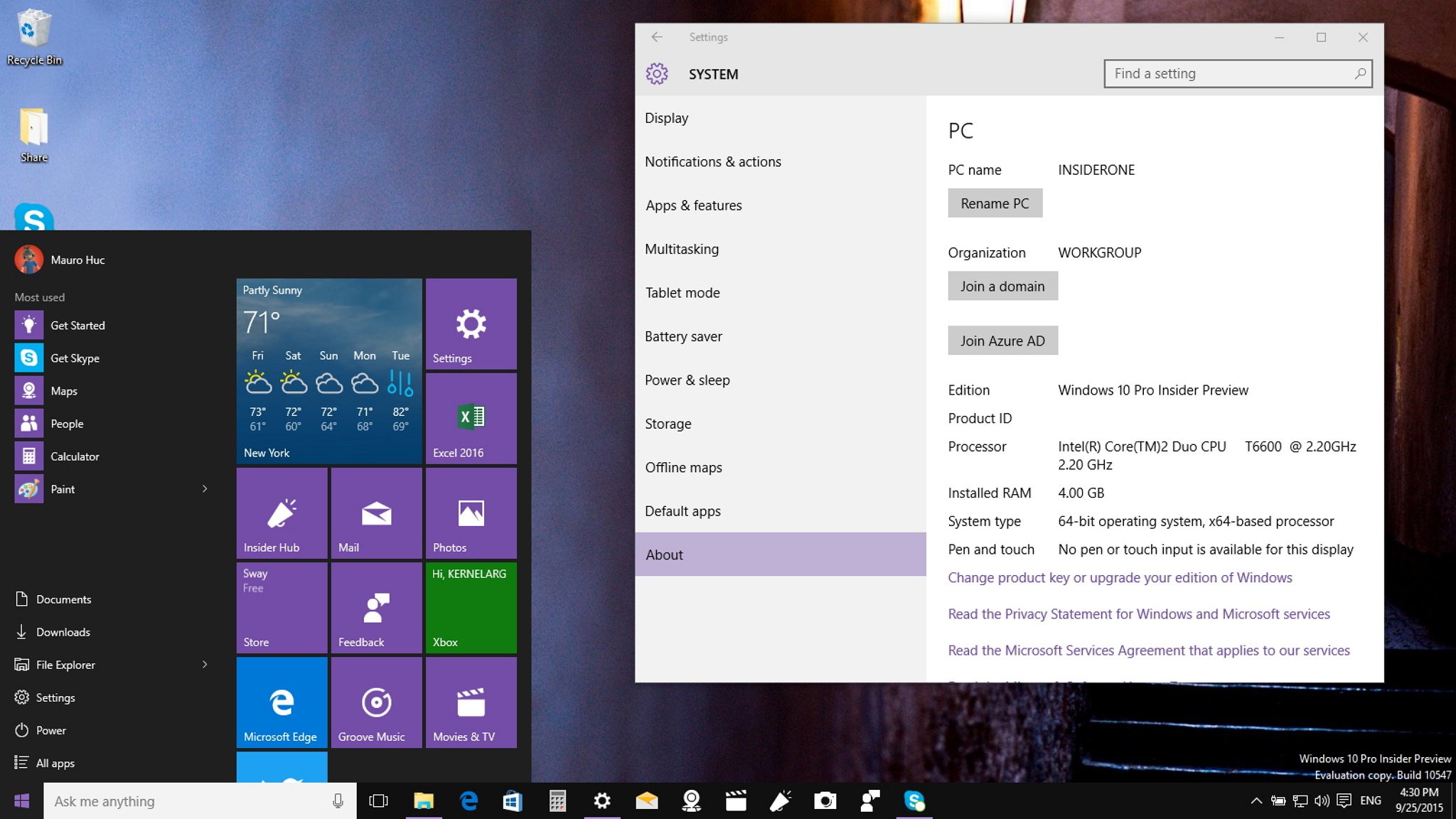Microsoft's Windows 10 OS is 3 years old — here's how things have changed
Windows 10 is three years old! How have things progressed since its initial launch in 2015?

Windows 10 is now three years old. In the past, three years was your typical life cycle for a version of Windows, meaning we'd just about be due for the next major version of the OS, which would bring with it a new design, new features, and more. Since "Windows as a Service" kicked off, however, there hasn't been a need for a new major version of Windows every three years, as Microsoft is committed to updating Windows 10 much more often, and adding new features whenever they are ready.
This means that any big changes don't happen all at once and instead gradually change the OS over the course of many different feature updates. In the old days, an upgrade from Windows Vista to Windows 7 would be significant, but today, since updates come twice a year, they don't feel as big anymore. This is likely for the best, as many people don't like having to relearn their computers anyway. It also means Microsoft no longer needs to wait a third of a decade to push out new features.
Since Windows 10 first debuted on July 29, 2015, there has been a total of five new versions of the OS released:
- Windows 10 Version 1511 (November 2015 Update).
- Windows 10 Version 1607 (Anniversary Update).
- Windows 10 Version 1703 (Creators Update).
- Windows 10 Version 1709 (Fall Creators Update).
- Windows 10 Version 1803 (April 2018 Update).
On the surface, it may not look like Windows 10 has changed all that much. But it has. Everything from the Start menu, to Edge, to even the design language has all been updated or refreshed. Microsoft has added good things, and bad things, but overall, the OS has vastly improved since it was first introduced in 2015. Some of the biggest new features include Windows Ink Workspace, Timeline, My People, Continue on PC, and a whole lot more.
Subtle but significant
Going back to the initial Windows 10 Version 1507 release, it becomes apparent that lots of things have improved. Today's Windows makes the initial version of Windows 10 feel unfinished, but you may not have even noticed, because Windows as a Service makes updates feel common and uneventful. While there are pros and cons, most would probably agree that making Windows updates uneventful is for the best, as many people really don't like Windows Updates changing things.
Windows 10 has also seen Microsoft thoroughly rework Windows Update to better handle the more common occurrence of major Windows 10 updates. The old Windows Update was certainly not well equipped enough to handle big updates as often as Windows as a Service supplies them, but today it's much better. In the upcoming version of Windows 10, Microsoft is even going to use machine learning to determine when the best time is to install a new update.
In the three years since Windows 10 launched, there hasn't been a huge new change to the OS. But, that might change within the next year or so, as Microsoft is working on a new feature called Sets that will change how people interact and use their PCs by bundling apps under tabbed experiences that can be grouped and manipulated together. It certainly will be the biggest user experience change to Windows in a while, so Microsoft needs to get it right.
Get the Windows Central Newsletter
All the latest news, reviews, and guides for Windows and Xbox diehards.
For now, Windows 10 has progressed nicely over the last three years. Now that we no longer have to wait three years between updates, we've gradually progressed with lots of improvements and changes that make today's version of Windows 10 so much better than its initial release. And most of us probably didn't even notice. Well done, Microsoft.

